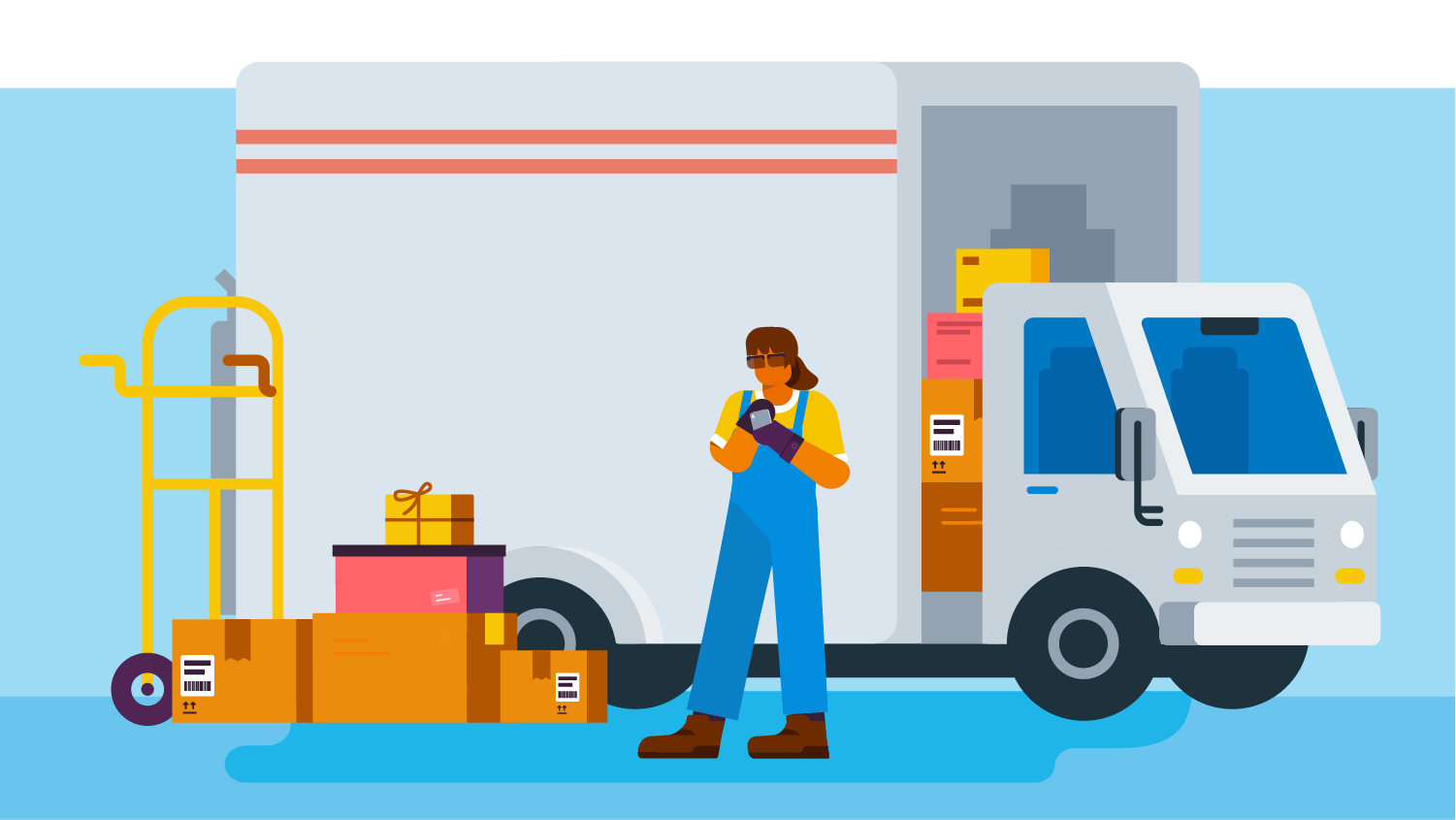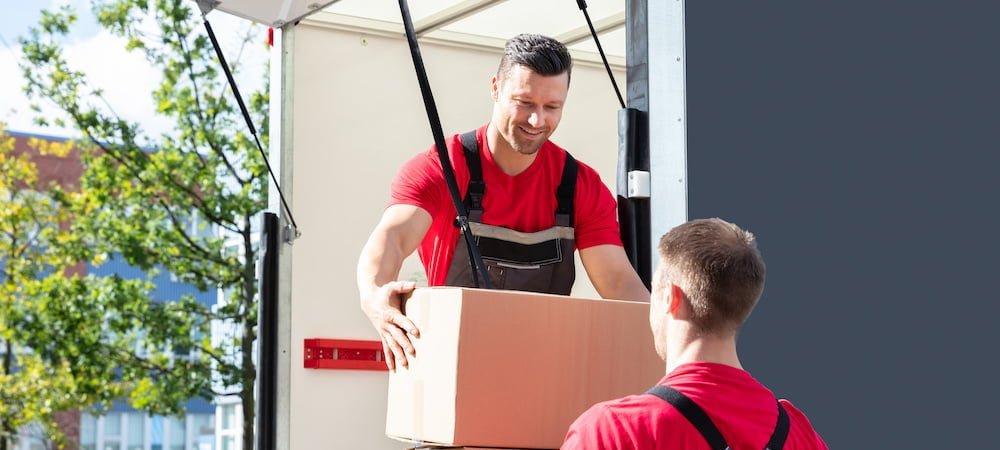Long Distance Movers: Specialist Moving Experts Can Assist Make Your Shift Smooth And Hassle-free
History and Development of Moving Solutions
The Dawn of Moving: From Muscle to Devices
Photo this: a handful of strong guys carrying heavy trunks on wood carts, navigating cobblestone streets with sweat and decision. get more info Before the modern moving industry took shape, moving was a brutal, labor-intensive job. In ancient times, relocation typically implied relying on sheer physical strength and rudimentary tools. The absence of specialized services indicated families and merchants had to coordinate every information themselves, typically running the risk of damage or loss.
Isn't it interesting how requirement fuels development? As cities broadened and commerce thrived, the need for effective, trustworthy moving services ended up being glaringly obvious. Go into the era of horse-drawn wagons and later on, motorized cars, which reinvented how possessions traveled from one place to another.
Industrial Revolution: The Catalyst for Modification
The 19th century's commercial boom improved lots of aspects of life, consisting of how individuals moved. Unexpectedly, urban migration surged, and with it, the need for expert movers increased. No longer was moving a basic task; it developed into a specialized service offering:
- Packing expertise to protect delicate items
- Organized packing methods optimizing space
- Transport services tailored to various ranges
This duration marked the birth of business devoted entirely to moving, preparing for today's complex logistics and customer-centric methods.
Technological Improvements and Their Effect
Can you envision moving without modern-day equipment? The arrival of hydraulic lifts, forklifts, and pallet jacks changed the industry overnight. Suddenly, movers could deal with bulky furniture and heavy devices with ease, decreasing injuries and enhancing performance.
The integration of digital technology sparked a new wave of innovation. GPS tracking, online reservation platforms, and real-time inventory management have actually become staples in the moving services landscape. These tools not just enhance openness however likewise empower customers to stay linked and notified throughout their moving journey.
Secret Turning Points in Moving Provider Development
| Era | Advancement | Significance |
|---|---|---|
| Ancient Times | Manual work and basic carts | Structure of moving as a necessity |
| 19th Century | Horse-drawn wagons and packing services | Birth of professional moving business |
| 20th Century | Motorized trucks and mechanized equipment | Increased effectiveness and scale |
| 21st Century | Digital combination and GPS innovation | Boosted consumer experience and logistics |
Reflections on the Journey
Showing on the evolution of movers, one might question: how did a simple act of transferring belongings end up being a sophisticated market? It's a tale of strength, adaptation, and constant improvement. From the sweat-soaked streets of old to the precision-driven operations these days, the history of moving services is as dynamic as the people who rely on them.
Next time you pack a box or hire a mover, think about the layers of history ingrained in every action. The journey of movers encapsulates human resourcefulness, transforming what was as soon as a complicated task into a smooth experience.
Checking out the Spectrum of Moving Services
When the time concerns move your life from one address to another, the series of moving services offered can seem like browsing a labyrinth. Do you require an easy loading and dumping crew, or does your relocation demand the finesse of full packaging and unpacking? Understanding the nuances can save hours of aggravation and unexpected costs.
Typical Types of Moving Services
- Local Relocations: Designed for relocations within a city or urbane area, these services normally run on a per hour basis, ideal for brief ranges.
- Long-Distance Moves: Covering moves beyond 100 miles, these need more coordination, from logistical preparation to secure transport, typically priced by weight and range.
- Full-Service Moves: Movers handle everything-- packing, packing, transporting, discharging, and often even unloading. Suitable for those pressed for time or energy.
- Self-Service Moves: You pack and load your possessions, while the company deals with transport and unloading. A middle ground offering cost savings and some convenience.
- Specialized Relocations: For fragile, bulky, or valuable items like pianos, antiques, or artwork, needing specific devices and know-how.
Specialist Tips to Browse Your Moving Service Choices
- Focus on Flexibility: Select a service that adjusts to unexpected delays or last-minute changes-- rigid schedules can turn a smooth move into a logistical nightmare.
- Check Insurance Options: Not all moving companies supply the very same level of security. Comprehending your protection can prevent distress if something goes awry.
- Request In-depth Stocks: A precise item list avoids conflicts and guarantees responsibility, particularly when dealing with long-distance or specialty moves.
- Consider Time of Year: Seasonal need can impact accessibility and rates. Early reserving during off-peak seasons might approve better service and flexibility.
- Inquire About Packaging Products: High-quality boxes, bubble wrap, and padding can be the difference between a scratched treasure and a beautiful arrival.
Table: Service Characteristic Compared
| Service Type | Who Loads? | Transportation Mode | Typical Rates Design | Ideal For |
|---|---|---|---|---|
| Regional Move | Customer or Movers | Truck | Per hour | Brief ranges, little loads |
| Long-Distance Move | Movers | Truck or Container | Weight & & Distance | Cross-state or local relocation |
| Full-Service Move | Movers | Truck | Flat or Weight-Based | Time-sensitive, high-stress moves |
| Self-Service Move | Consumer | Truck or Container | Flat or Per hour | Cost-conscious, hands-on movers |
| Specialty Move | Movers with know-how | Specialized Equipment | Custom-made Quote | Delicate or valuable products |
The Unseen Complexity Behind Each Option
Have you ever wondered why moving appears simple and easy on tv however turns into a waterfall of last-minute decisions in reality? The fact lies in the intricacies of each service type. For example, full-service relocations might appear like a high-end, however the competence associated with packaging delicate heirlooms or disassembling bulky furnishings is a craft refined over years. On the other hand, choosing a self-service relocation might conserve money, however it demands a keen understanding of how to pack effectively-- did you know that stacking oddly shaped boxes incorrectly can trigger internal shifting during transit, damaging vulnerable contents?
Selecting the right kind of moving service is not practically convenience-- it has to do with securing your memories and investments. What's your move's story going to be?

Packing and Moving Methods
Ever attempted to fit a suitcase that simply will not close? That's the type of puzzle expert movers resolve daily-- but on a much bigger scale. The secret lies not in brute force however in strategic positioning and intelligent usage of space. Packaging isn't simply about packing products into boxes; it's an art form where every inch counts.
Layering for Success
Imagine a painter layering colors to produce depth. Similarly, when packaging, begin with heavier products at the bottom, then cushion with softer materials like bubble wrap or towels. This avoids damage and takes full advantage of box stability. Strangely shaped products can slip into gaps, minimizing squandered space.
- Wrap vulnerable products individually with tissue or foam to prevent scratches.
- Use clothing as padding-- it's both efficient and environment-friendly.
- Fill empty areas with packaging peanuts or crumpled paper to reduce movement.
Identifying: The Unsung Hero

What good is ideal packing if you spend hours searching through boxes? Comprehensive labeling is a game-changer. Instead of vague tags like "Kitchen area," try this technique:
| Label | Description | Concern |
|---|---|---|
| Fragile - Glasses | Manage with care, includes delicate products | High |
| Fundamentals - Opening Night | Items needed immediately after moving | Immediate |
| Books - Research Study Space | Stacked, heavy books | Medium |
Strategic Packaging Tips
- Disassemble big furnishings and keep screws in identified bags taped to the pieces.
- Use uniform box sizes when possible-- stacking ends up being simpler and more secure.
- Do not overpack boxes; weight limits exist for a factor. Goal for 40-50 pounds max.
- Wrap furniture edges with moving blankets to avoid scratches throughout transit.
- Seal boxes with high-quality packing tape-- double layers on the bottom are necessary.
Why do some movers swear by a color-coded system? Because it eliminates guesswork on moving day. Assign each room a color and mark boxes appropriately. This little step can conserve hours when discharging and unloading.
Packing and moving need precision-- like a chess video game where every move counts. Have you ever noticed how some movers handle large items effortlessly? They leverage angles and pivot points to browse tight corners without damage. It's not muscle; it's method.
Hidden Struggles Behind the Moving Van Doors
Ever viewed a group of professional movers bring a grand piano through a narrow entrance and wondered how they pull it off without a scratch? The art of moving isn't simply muscle and trucks; it's a fragile dance with unpredictability. Weather condition can turn from a sunlit blessing to a torrential menace in minutes, turning a straightforward drive into a logistical labyrinth.
One well-known obstacle is the labyrinthine design of some homes or houses. Staircases too tight for dollies, entrances narrower than basic boxes, or elevators that hardly fit a sofa-- these physical quirks require inventive options on the area. Movers typically turn to non-traditional strategies like disassembling furniture or utilizing personalized padding to secure both the item and the home.
Precision Packaging: More Than Just Wrapping
It's appealing to believe packaging is simply stuffing boxes, however the truth is a complex puzzle of weight distribution and fragility. Movers should prepare for how products will shift during transit-- a miscalculation can suggest shattered treasures or dented devices. The secret weapon? Strategic layering and using materials with particular shock-absorbing qualities.
- Bubble wrap is standard, but rotating it with foam sheets can significantly reduce impact damage.
- Heavy products go at the bottom; vulnerable ones nestle on top, cushioned by soft textiles.
- Labeling boxes not just by contents however by managing instructions guarantees quicker, more secure dumping.
Another less talked about pressure is the psychological toll. The clock ticks non-stop, and every delay ripples through tight schedules. Staying calm amid chaotic last-minute modifications needs imagination and group synergy.
Traffic Congestion and Timing: The Undetectable Opponents
| Barrier | Specialist Strategy | Effect |
|---|---|---|
| Urban blockage | Route optimization apps and flexible scheduling | Lessens hold-ups and fuel intake |
| Parking restrictions | Pre-arranged authorizations or tactical parking close by | Prevents fines and time loss |
| Unpredictable weather | Water resistant coverings and contingency plans | Protects the condition of goods and devices |
Do you actually know what it takes to keep a moving day on track? It's not almost strength or stamina; it's about foresight, flexibility, and a deep understanding of every piece of the puzzle. The next time you see movers at work, keep in mind: behind that seamless operation lies a series of calculated maneuvers and fast thinking that few ever notice.